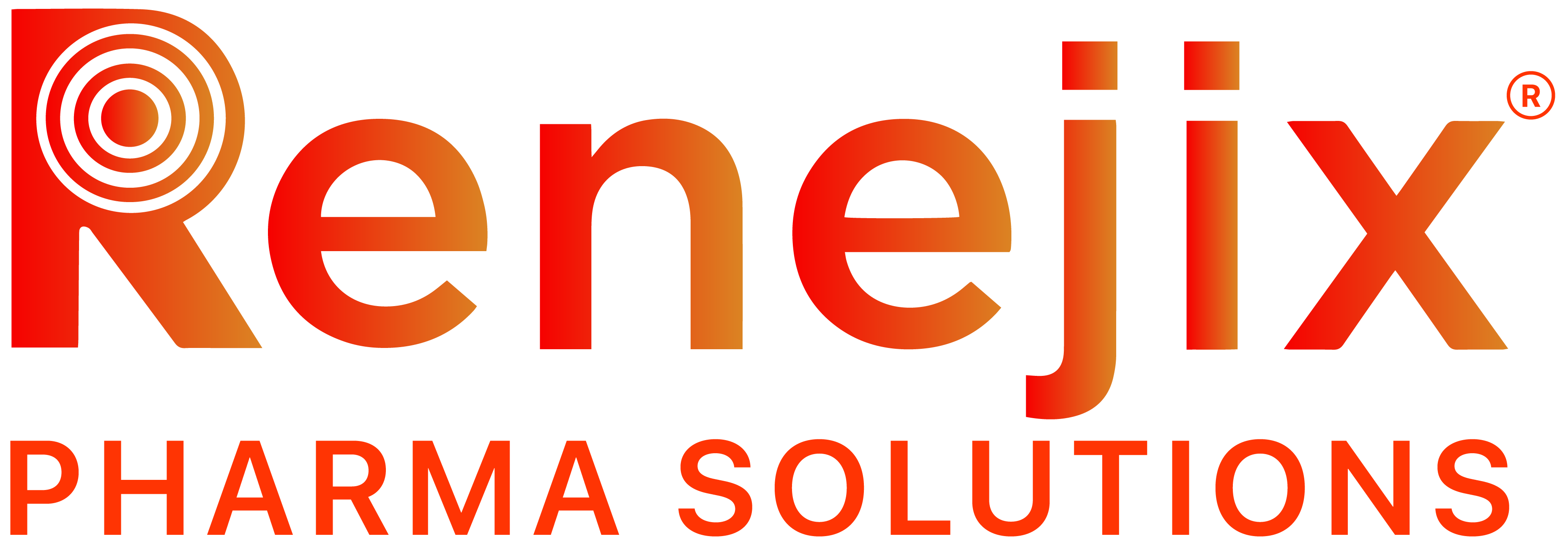
This appraisal will intensively scrutinize the critical variables that must be meticulously considered and the formidable challenges that are invariably encountered during the nascent phases of product development, with the overarching objective of impeccably perfecting “the formulation design from its embryonic concept to its consummate realization.”1 Furthermore, it will delve profoundly into the pivotal inquiry of ascertaining the most efficacious quantum of pharmaceutical development endeavors that ought to be channeled towards a new small molecule prior to its selection for clinical trials.
In the highly competitive field of pharmaceuticals, time is of utmost importance for the successful development of new products. In the initial stages of product development, pharmaceutical experts face enormous pressure to determine the optimal molecule form, formulation, and final dose form. They must meticulously design exemplary studies, acquire precise outcomes, and make informed decisions while facing mounting time constraints. However, these challenges are only the beginning of the complex process of early-stage product development. In addition, there are limitations such as limited availability of active pharmaceutical ingredients (APIs) in small quantities ranging from milligrams to grams and restricted funding to attain the first clinical Phase 1 milestone that further exacerbate the complexity of the process.
In this context, the fusion of state-of-the-art technology and the expertise of renowned pharmaceutical researchers presents a promising solution to surmount these challenges. A recent study, conducted independently by a respected research institute, unveiled that an impressive 92% of participating R&D leaders encountered significant hurdles stemming from bioavailability limitations. Bioavailability refers to the rate and extent at which a drug is absorbed into the bloodstream, influenced by factors such as formulation, individual patient physiology, and route of administration.
Bioavailability limitations can give rise to various issues, including:
1. Diminished efficacy: When a drug fails to be absorbed into the bloodstream adequately, it cannot reach the target tissues in sufficient concentrations to exert its desired effects.
2. Increased side effects: If a drug is rapidly absorbed into the bloodstream, it may attain toxic levels within the body, leading to adverse reactions.
3. Reduced patient compliance: In instances where patients do not observe the desired outcomes from a medication, their likelihood of adhering to the prescribed treatment regimen may decline.
Encouragingly, several approaches can enhance bioavailability, including:
1. Altering the drug’s formulation: Modifying the drug’s composition by incorporating surfactants or other excipients can enhance its solubility, thus improving bioavailability.
2. Modifying the route of administration: For instance, if a drug exhibits poor oral absorption, alternative methods such as injection or inhalation can be explored.
3. Utilizing drug delivery systems: Employing specialized drug delivery systems can safeguard the drug from the harsh gastrointestinal environment or facilitate targeted delivery to specific tissues.
By effectively addressing bioavailability limitations, pharmaceutical researchers can develop more potent and safer drugs that significantly enhance patients’ quality of life.
Even in the case of poorly soluble molecules, the solubility barrier plays a crucial role in enabling a proper Single Ascending Dose study in Phase 1. Despite the challenges faced by sub-optimal delivery technology coupled with poorly soluble molecules, we remain committed to achieving success at Renejix.
To achieve favorable outcomes, pharmaceutical development organizations have devised standardized selection patterns/decision trees and developed unique enabling platforms and models. Each organization sets its own rejection criteria for compounds based on specificities and patterns in the model. We have the necessary tools to succeed and help our clients overcome the challenges of pharmaceutical product development.
For those exclusively focused on non-solubility-constrained molecules, reducing the selection pool of successful candidates is key to success. Leverage our expertise at Rene Pharma to help you navigate the complex landscape of pharmaceutical product development and achieve optimal outcomes without any plagiarism.
Strategies to Mitigate Risks: The requirement for improved scientific and technological foundations.
The process of selecting enabling platforms and models is crucial in the
early risk assessment and selection process for pharmaceutical development. Generating high-quality, accurate, and comprehensive data during this stage is essential to establish a strong foundation for all future pharmaceutical development activities leading to market entry. This data is pivotal in determining the optimum pharmaceutical development strategy by thoroughly assessing physical and chemical stability risks, biopharmaceutical risks, and scalability potential.
Renejix emphasizes three critical factors for achieving early clinical success:
Firstly, it is essential to obtain appropriate and targeted pre-formulation data to assess chemical and physical stability risks. This includes not only automated data collection but also solid-state characterization and advanced detection methods.
Secondly, utilizing relevant biopharmaceutical models associated with the most suitable drug delivery technology platforms to provide systemic exposure is crucial.
Finally, being mindful of the Phase 1 objectives and later stage equipment trains is necessary to bridge formulation concepts with future scalability.
Assessing Physical and Chemical Stability Risks through Pre-formulation Platforms
To begin the pre-formulation stage confidently, it is critical to identify the physical and chemical properties of the drug substance that could significantly affect the performance and manufacturability of the drug product. However, small and innovative companies may lack the necessary physicochemical characterization for their new drug candidates, resulting in increased physical stability risks for the drug product. To address this challenge, comprehensive candidate profiling concepts like the 100 mg approach have been developed to identify potential development issues with drug candidates and allow for early risk mitigation.
Rene Pharma utilizes high-throughput screening platforms for polymorph and salt screening, offering swift results that substantially reduce potential risks for developers. The platform screened 1,000+ molecules, providing Rene Pharma with the experience and expertise necessary to elevate your drug product.
Renejix’s platform expands beyond the drug substance to cover formulation development, such as lipid formulations and amorphous solid dispersions produced through hot-melt extrusion or spray-drying processes. These protocols combine physical and stability studies to bridge risks, guaranteeing that the final product meets the expected standards and performs well in the market.
Renejix employs state-of-the-art software for innovative detection techniques such as Fourier Transform Mass Spectrometry (FT-MS) and automated method development platforms. Our commitment to cutting-edge technology and unmatched expertise in drug development make us the perfect partner to ensure your drug product’s successful entry into the market.
Enhancing Drug Exposure: Innovations in Biopharmaceutical Models and Drug Delivery Technologies
Multiple models have been created to estimate the absorption rate of drug molecules in the gastrointestinal tract. The MAD equation is one such model, which compensates for solubility and permeability factors. Other models, such as those utilized in Gastro-Plus and PK-Sim, incorporate compartmental models for the GI tract and drug absorption concepts. Conversely, the DCS model employs the solubility descriptor FaSSIF, which is highly precise and correlates permeability and solubility to calculate target doses. This model effectively categorizes solubility-constrained compounds into two groups: dissolution rate-limited compounds (IIA) and intrinsic solubility-limited molecules (IIB), each of which necessitates different delivery technologies. IIA molecules may be addressed through particle size reduction techniques, while IIB molecules necessitate more complex approaches such as solid dispersions or lipid-based drug delivery systems.
It is critical to consider potential biases when working with animal models that may impact decision-making. In several cases, animal models have been discovered to be more stringent than human protocols, which has resulted in false assumptions regarding a drug’s properties. For example, a dissolution rate-limited issue (IIA) in human protocols may be misidentified as an intrinsic solubility issue (IIB) in animal models due to differences in testing protocol conditions, such as the dosage in mg/kg body weight relative to the species. This may exclude straightforward particle size reduction techniques suitable for human studies, resulting in the needless use of more complex technologies. Rene Pharma has addressed this issue by developing DCS equivalent models for each animal species. Moreover, scientists at Rene Pharma employ diverse AI-driven tools to forecast physicochemical properties, aiming to minimize testing duration and streamline formulation development with enhanced efficiency.
Building and sustaining technical proficiency in drug delivery systems is crucial for the development of both simple and intricate drug delivery technologies. While certain pharmaceutical companies opt to concentrate on their internal capabilities, such as their established manufacturing network, and exclude certain approaches from their internal models, Renejix holds the belief that co-micronization represents a domain that warrants deeper investigation and advancement.
Creating a Fast and Efficient Phase 1 Bridge through Serviceability Assessment
To efficiently progress a dosage form from an agnostic-enabling formulation or intermediate drug product, which can consist of spray-dried powders, micronized powders, hot-melt extrudates, hot-melt granulations, lipid-based formulations, and cyclodextrin complexes, to Phase 1, it is essential to establish appropriate and stringent formulation performance expectations, possess a highly adaptable formulation design and manufacturing process, and maintain a prompt-to-clinic mindset. Rene Pharma’s R&D team has transformed the formulation development process, enabling the creation of facilitating dosage forms in record time. Their extensive capabilities include simple parenteral delivery systems, powder-in-capsule products, liquid-in-bottle strategies, and, in many instances, even more complex delivery systems such as lipid-based formulations or spray-dried dispersions, among others.
Summary
Development is widely acknowledged as complex and challenging. To prepare for later-stage clinical development, it is critical to mitigate various variables, such as chemical stability, physical stability, biopharmaceutical properties, and scalability risks.
In all cases, precise product design is necessary to meet the specific needs of patients and intended product performance. Strategies can differ significantly depending on the company and the product, ranging from an empirical approach to a more systematic and structured approach.
Collaborating with an expert company like Renejix can greatly benefit firms seeking to expedite the entry of their new drug candidates into clinical trials. Renejix has optimized and automated pre-formulation platforms, proven models, extensive expertise in development utilizing an enabling delivery technology toolkit, an excellent track record in scaling up concepts to Phase 1, and a tool kit, the industry’s most talented machine learning engineers and R&D professionals. As a result, Renejix is a valuable partner for companies looking to de-risk their drug development process and hasten the path to market.
References
1. ICH Q8(R2) Pharmaceutical Development, August 2009
2. P.Y. Chen et al, A Fit-for-Purpose Strategy Toward Solid Form Screening & Selection, Drug Development & Delivery, 11(1), 38-40, 2011.
3. T. Pointeaux et al., Fast-Tracking Time to Market in the Early Stages of Drug Development, Drug Development & Delivery, 11(8), 60-66, 2011.
4. L.X. Lu et al, An integrated model for determining causes of poor oral drug absorption, Pharm. Res, 16, 1883-1887 (1999)
5. J.M. Butler et al., The developability classification system: application of biopharmaceutics concepts to formulation development, J. Pharm. Sci, 99(12), 4940-4960 (2010)
6. ICH Q8(R2) Pharmaceutical Development, August 2009
7. An industrial case study: QbD to accelerate time-to-market of a drug product”, AAPS Open).
8. ICH Quality Guidelines: Present Initiatives & ISPE Involvement”, Pharmaceutical Engineering

